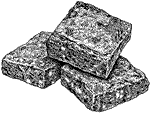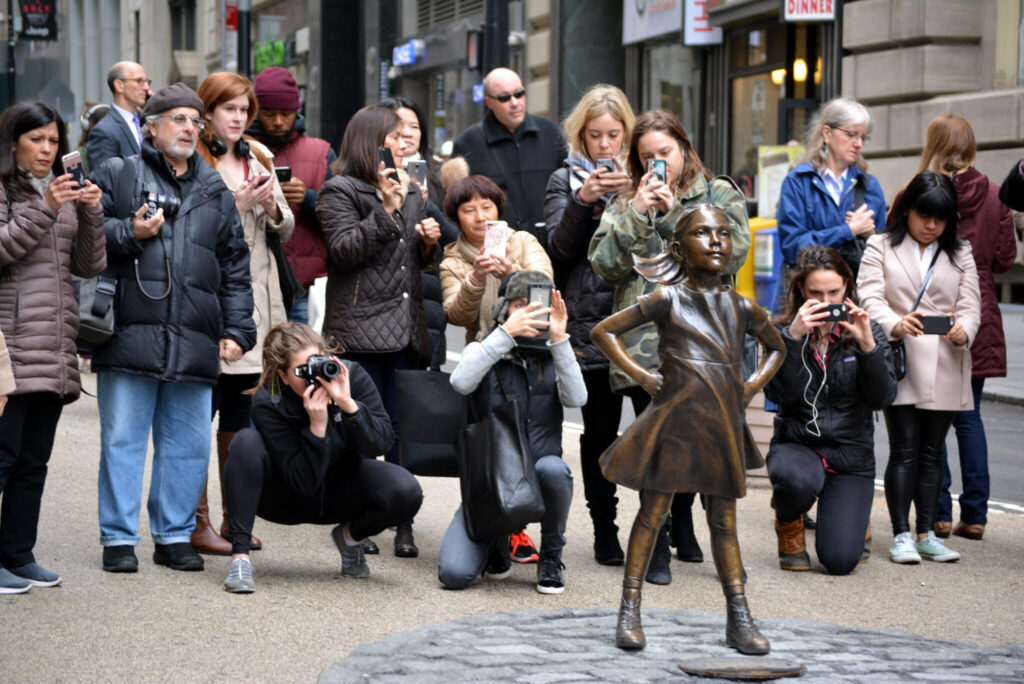
Grades 9-12
Happy EconEdMonth! Celebrate economics all month long by visiting EconEdMonth.org

Don't have an account yet? Sign up for free
Don't have an account yet? Sign up for free


In this lesson, you will learn about substitute goods. You will have choices to make in your role as a shopper. In making these choices, you will decide whether you are willing to accept one good as a substitute for another or not. Are you willing to make substitutions at the grocery store? Complete this lesson and see.
Do you prefer Pepsi or Coke? Why? Is buying a name brand shoe important to you? Is the price a reason why you would not purchase something? Would you rather rent games or buy them? Why? Today we are going to talk about making choices about substitute goods and what that means in terms of trade-offs, costs and benefits.
Students will be able to engage in a project in which they will make decisions about substitute goods after weighing the costs and benefits of those decisions. [This lesson is a simulation. Although the activity could be carried out as a part of an extension activity, teachers are not required to actually take students to a grocery store. Teachers may want to bring in the items, or a laminated picture of the items from grocery advertisements discussed in the lesson for a more visually appealing lesson.]

 EconEdLink Glossary: Provides definitions for substitute goods and services.
EconEdLink Glossary: Provides definitions for substitute goods and services. Assign students to small groups of 3-4.
Assign students to small groups of 3-4.Consumers in the United States have many substitute goods and therefore, choices available to them. As a consumer, you need to be aware of the choices that you make while shopping and participation in this economy. We make choices every day and therefore we experience trade-offs, costs and benefits from the choices we make. Today’s lesson was one experience, using the grocery store as a common place that substitute goods are readily available. The next time you visit the store, keep this in mind. [Take some time and quickly go over the material learned with the students. This activity has students explore what a substitute good is and how it works. The student’s new understanding should be valuable to them in their real life situations and application.].
This activity gives students a good subject on which to interview and converse with adults. It can also provide opportunities for your students to develop relationships within the community.
Think back to what you said in the beginning of this lesson about wanting brand name clothing, Pepsi or Coke, own or rent games. Do you have a better understanding now of what decisions you make on a daily basis and how those decisions are an exercise in an economic activity? Create three questions to ask your family and friends about choices they make that are trade-offs. You create the questions such as the ones we discussed today. Create a chart showing what you found about people’s willingness to make trade-offs and why they make those decisions.


Grades 9-12

Grades 9-12


Grades K-2, 3-5
